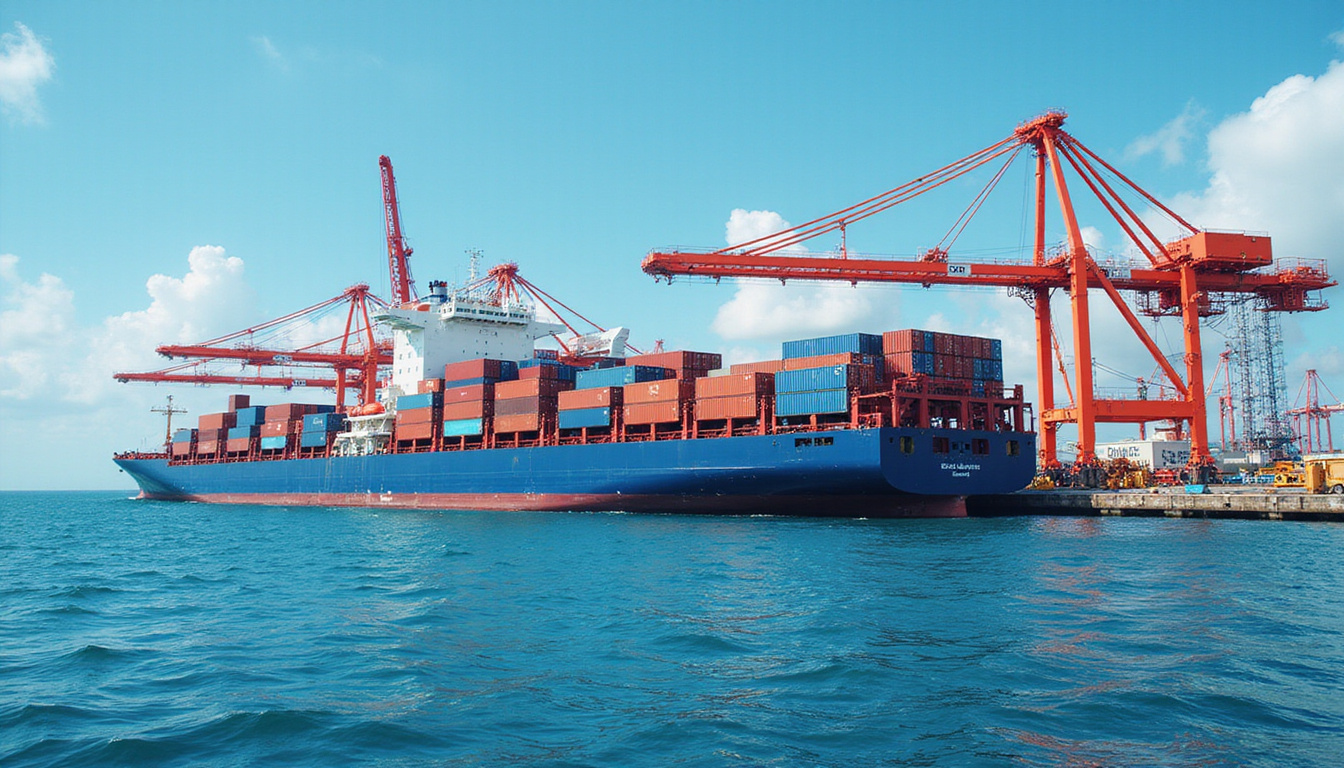For businesses involved in international trade, understanding the harmonized tariff schedule (HTS) is crucial. Whether you are an importer or exporter, the harmonized tariff schedule helps classify products and determine the tariffs and duties applicable to your shipments. This guide will walk you through the essentials of the harmonized tariff schedule, its significance in global trade, and how to use it effectively.
What is the Harmonized Tariff Schedule?
The harmonized tariff schedule is a globally standardized system used to classify traded goods. It is based on the Harmonized Commodity Description and Coding System (HS), developed and maintained by the World Customs Organization (WCO). The HTS assigns numerical codes to products, which customs authorities use to assess duties and gather trade statistics.
The schedule organizes products into chapters and headings corresponding to categories such as agricultural goods, machinery, chemicals, textiles, and more. Each product’s classification affects the tariff rates imposed upon import or export, making accuracy vital for compliance and cost management.
Importance of the Harmonized Tariff Schedule for Importers and Exporters
The harmonized tariff schedule impacts your international business operations in several ways:
- Determines duty rates: Correct classification ensures you pay the appropriate tariffs, preventing overpayment or penalties.
- Regulatory compliance: Many countries require HTS codes on customs declarations to enforce trade policies, quota limits, or embargoes.
- Facilitates trade agreements: Certain HTS codes benefit from preferential tariff rates under trade agreements like USMCA or the EU Customs Union.
- Streamlines logistics: Proper classification speeds up customs clearance, reducing delays and storage costs.
- Enables accurate reporting: Helps government bodies track trade flows and statistics.
Without an in-depth understanding of the harmonized tariff schedule, importers and exporters risk costly misclassifications and trade disruptions.
How to Find the Correct Harmonized Tariff Schedule Code
Finding the right HTS code for your product can initially seem daunting due to the detailed and technical nature of the schedule. Here are steps to guide you:
- Describe your product clearly: Identify the material composition, use, function, and physical characteristics.
- Consult official HTS publications: The U.S. International Trade Commission (USITC) publishes the Harmonized Tariff Schedule of the United States, and other countries issue their versions.
- Use classification tools: Online resources like Classifast offer instant classification and code search for HTS, UNSPSC, NAICS, and more by simply inputting your product description.
- Cross-reference with tariff notes and legal texts: Pay attention to additional rules and exemptions applicable to specific codes.
- Seek expert advice if uncertain: Trade compliance consultants or customs brokers can provide authoritative classification.
By leveraging modern tools such as Classifast, importers and exporters can quickly and accurately determine HTS codes, avoiding errors that could result in penalties or shipment delays.
Key Components of the Harmonized Tariff Schedule
The harmonized tariff schedule is structured to provide detailed information through:
- Chapters: Broad categories like live animals, foodstuffs, machinery, textiles.
- Headings: Further detail subdividing chapters by specific product types.
- Subheadings: Narrow classification to denote particular product variants or materials.
- Tariff rates: The duty percentage or amount applied upon import/export.
- Additional notes: Explanatory or restrictive rules impacting classification or duty.
For example, a shipment of cotton T-shirts would be classified under a textile chapter, with specific headings and subheadings identifying the product as cotton knitwear. The duty rates and any applicable trade agreement benefits would be listed alongside.

Practical Tips for Using the Harmonized Tariff Schedule
Importers and exporters can optimize their use of the HTS by following these tips:
- Always use the latest version of the schedule, as tariff codes and rates may change annually.
- Maintain detailed product specifications to support your classification.
- Utilize online classification tools like Classifast to speed up code identification.
- Monitor changes in trade policies and tariffs that may affect classification or duty rates.
- Document your classification process thoroughly for auditing and compliance purposes.
Benefits of Using Classifast for Harmonized Tariff Schedule Classification
Classifast is a powerful tool designed to simplify the classification of any text description according to international standards, including HTS codes. By inputting your product description, Classifast instantly suggests the most accurate codes, helping reduce errors and manual research time.
Advantages of using Classifast include:
- Rapid and reliable classification for HS, HTS, NAICS, UNSPSC, ISIC, ETIM, and more.
- Access to multiple international classification standards for global trade compliance.
- User-friendly interface suitable for businesses of all sizes.
- Helps ensure regulatory adherence and proper tariff application.
For importers and exporters who handle diverse products or require quick classification support, Classifast offers a comprehensive solution that enhances operational efficiency.
Common Challenges with Harmonized Tariff Schedule and How to Overcome Them
Even with resources available, businesses may face challenges such as:
- Complex product descriptions: Products with multiple components may fall under several classifications.
- Frequent changes: International tariff schedules may update annually or due to trade negotiations.
- Different country adaptations: While based on the HS system, countries can apply their own tariff variations.
To overcome these hurdles:
- Keep up to date with the latest tariff schedule revisions.
- Use reliable classification services like Classifast to cross-check code accuracy.
- Consult customs experts for ambiguous or complex products.
- Leverage classifications from similar shipments as references.
FAQ: Harmonized Tariff Schedule for International Trade
Q1: How do I find the harmonized tariff schedule code for my product?
A1: Start by describing your product in detail and use official customs publications or online classification tools like Classifast to quickly search for HTS codes. Consulting a customs broker may help with complex products.
Q2: Can the harmonized tariff schedule codes change over time?
A2: Yes, the HTS is periodically updated to reflect new products or trade policies. Staying informed about updates from official sources or trusted platforms ensures compliance.
Q3: Is the harmonized tariff schedule the same worldwide?
A3: The HTS is based on the universally adopted HS system, but countries may have variations in specific tariff rates or additional subdivisions. Always use the country’s official schedule relevant to your trade.
Conclusion: Mastering the Harmonized Tariff Schedule to Boost Your Trade Success
The harmonized tariff schedule is a cornerstone of international trade, allowing importers and exporters to classify goods correctly, ensure compliance, and optimize tariff costs. By understanding its structure, leveraging reliable tools like Classifast, and staying current with updates, businesses can minimize risks and expedite customs clearance.
Start mastering the harmonized tariff schedule today with practical resources and expert support. Visit Classifast for instant and accurate classification of your products—simplify your trade operations and unlock global market opportunities with confidence.
For more detailed insights on international trade classifications, consult the World Customs Organization website.


















